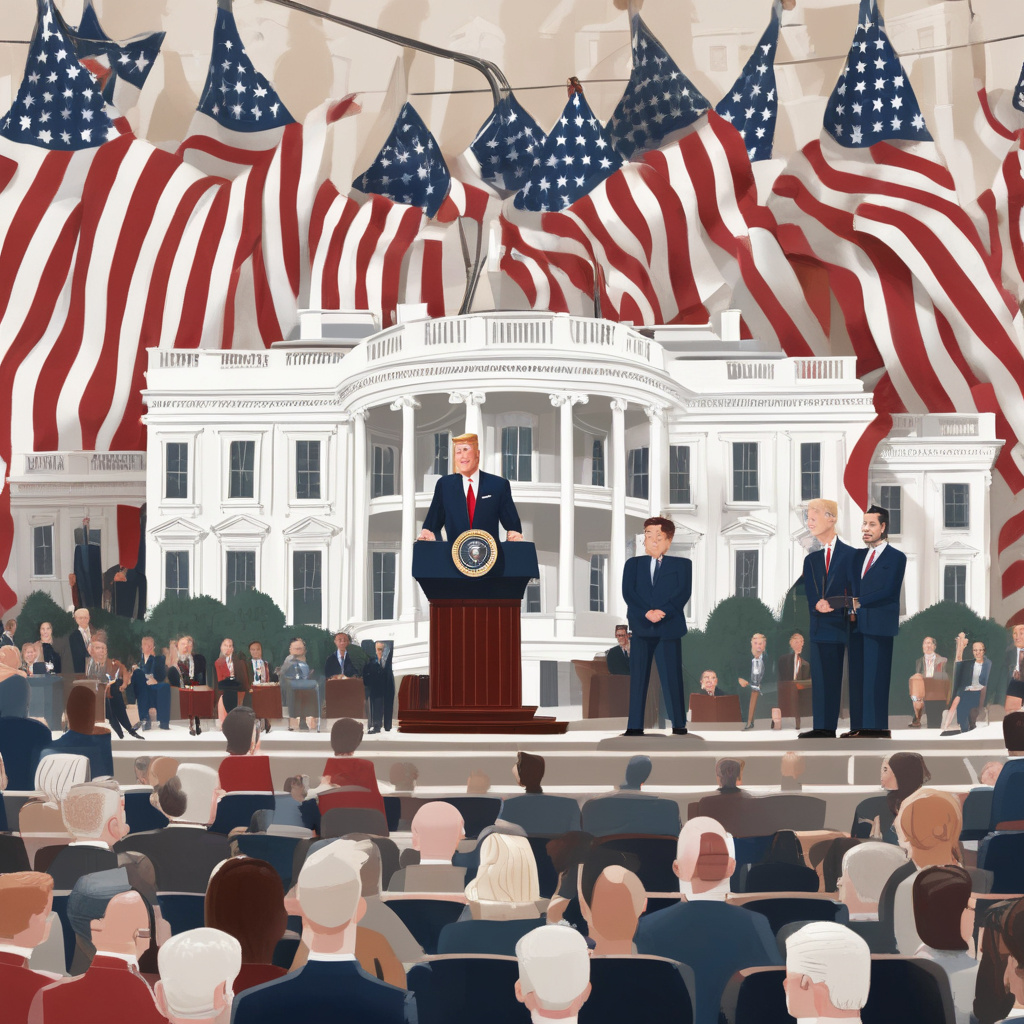Trump Threatens 50% More China Tariffs, Teases Talks With Others
President Donald Trump has once again ignited the flames of the trade war with China by threatening to impose an additional 50 percent import tax on Chinese goods. This move comes as a retaliation against China’s decision to raise reciprocal tariffs on US products, marking another significant development in the ongoing economic tensions between the two global superpowers.
The latest threat from the Trump administration underscores the volatile nature of international trade relations, with both countries engaging in a tit-for-tat escalation of tariffs that has the potential to disrupt global markets and impact businesses worldwide. The prospect of a further increase in tariffs on Chinese imports raises concerns about the potential repercussions on various industries, supply chains, and consumer prices.
The ongoing trade dispute between the US and China has already had far-reaching effects on the global economy, with businesses facing uncertainty and market volatility as a result of the escalating tensions. The imposition of additional tariffs by the US could further exacerbate these challenges, leading to increased costs for businesses and consumers alike.
In response to the escalating trade tensions, President Trump has also hinted at the possibility of engaging in trade talks with other countries, a move that could potentially shift the focus of the administration’s trade policy. By exploring the option of negotiating trade deals with other nations, the US could be seeking to diversify its trade relationships and reduce its reliance on China for imports.
While the prospect of trade talks with other countries may offer a glimmer of hope for resolving the trade dispute, the uncertainty surrounding the future of US-China trade relations continues to loom large. The unpredictability of the situation has left businesses and investors on edge, unsure of how to navigate the complex and ever-changing landscape of international trade.
As the trade war between the US and China shows no signs of abating, businesses are being forced to adapt to the new reality of increased tariffs and trade barriers. Companies that rely heavily on imports from China are facing tough decisions about supply chain diversification, cost management, and long-term strategic planning in the face of mounting trade tensions.
In conclusion, President Trump’s threat to impose 50 percent more tariffs on Chinese goods represents a significant escalation in the ongoing trade war between the US and China. The implications of this move are far-reaching, with potential consequences for businesses, consumers, and the global economy as a whole. As the situation continues to unfold, businesses must remain vigilant and agile in navigating the complexities of the evolving trade landscape.
trade war, tariffs, global economy, international trade, US-China relations












